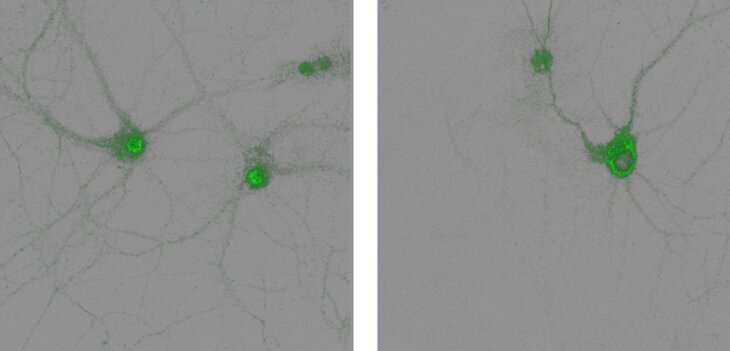This article has been reviewed according to Science X'seditorial processandpolicies.Editorshave highlighted the following attributes while ensuring the content's credibility:
fact-checked
peer-reviewed publication
trusted source
proofread
New mouse study reveals a key process in how the brain forms memories

The process by which memories are formed in the hippocampus region of the brain is complex. It relies on a precise choreography of interactions among neurons, neurotransmitters, receptors and enzymes.
A new mouse study led by researchers at the UC Davis School of Medicine has identified an intricate molecular process involvinggene expressionin the neurons that appears to play a critical role inmemory consolidation. The research was published inScience Signaling.
"This is an exciting mechanism. It shows that an enzyme likephosphodiesteraseis key in controlling gene expression necessary for memory consolidation," said Yang K. Xiang, a professor in the Department of Pharmacology and senior author of the paper.
Xiang's research focuses on understanding how dysregulation or impairment of cellular andmolecular mechanismsin the heart and brain can lead to diseases like heart failure and Alzheimer's.
Multiple steps in neuron appear critical for memory
The new study focuses on the central adrenergic system. The ability to pay attention, which is essential in learning and memory, is controlled by the central adrenergic system in the brain.
To understand the components critical for memory, the researchers looked at beta-2 adrenergic receptors. The receptors are present in different cell types throughout the body. They are also found on nerve cells in the hippocampal region of the brain.
The researchers show that when beta-2 adrenergic receptors are activated—through a series of molecular steps known as a signaling pathway—they stimulate the nucleus of the neuron to export an enzyme, phosphodiesterase 4D5 (PDE4D5).
Previous studies have identified PDE4D5 as having a role in promoting learning and memory.
Lack of phosphorylation leads to poor memory
A crucial step to stimulating this memory-related gene expression—the export of PDE4D5—appears to be the attachment of a phosphate group (known asphosphorylation) to the receptor. This is accomplished by an enzyme known as a kinase.
The kinase involved in this case is a G-protein receptor kinase.
The researchers used genetically altered mice to test whether phosphorylation of the beta-2 adrenergic receptors by G-protein receptor kinase was necessary for gene expression—the export of the PDE4D5 enzyme.
The mice lacked a phosphorylation site on their beta-2 adrenergic receptors, meaning their neurons could not follow the normalsignaling pathwaywhen the receptors were activated.
The researchers found that as expected, these genetically altered mice exhibited poor memory related to space and location. This is the same memory pathway that is disrupted during the early stages of Alzheimer's disease.
However, when they provided the memory-impaired mice with a drug known as a PDE4 inhibitor (comparable to the PDE4D5 enzyme that would normally be exported), the mice's ability to learn and retain memories was increased.
"The gene expression forms the material foundation of the memory in your brain. If you don't have gene expression, you won't have memory," Xiang explained.
PDE inhibitors in Alzheimer's have had mixed results
The use of PDE inhibitors is being explored for Alzheimer's disease. Studies of the PDE5 inhibitor sildenafil, known as Viagra, have had mixed results. A 2021 NIH study found Viagra was associated with a reduced risk of Alzheimer's disease, but a later study found Viagra was not associated with lower Alzheimer's risk.
"We need to understand what is causing impairment in diseases like Alzheimer's so we can find interventions that allow patients to regain ability or slow down the disease progression," said Xiang. "This study highlights the potential of PDE inhibitors in rescuingmemoryin Alzheimer's patients."
Additional authors on the paper are Joseph M. Martinez, Aleksandra Jovanovic and Josephine de Chabot from UC Davis; Ao Shen from UC Davis and Guangzhou Medical University; Bing Xu from UC Davis and VA Northern California Health Care System; and Jin Zhang from UC San Diego.
更多的信息:Joseph M. Martinez et al, Arrestin-dependent nuclear export of phosphodiesterase 4D promotes GPCR-induced nuclear cAMP signaling required for learning and memory,Science Signaling(2023).DOI: 10.1126/scisignal.ade3380


















